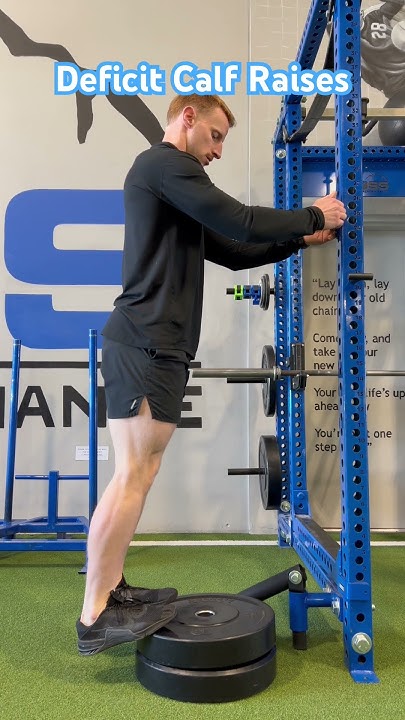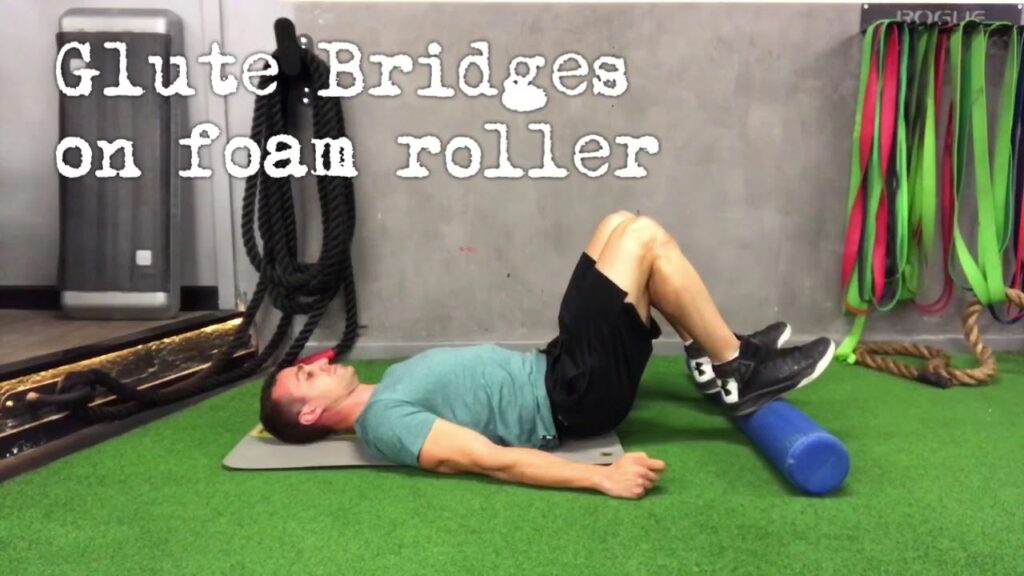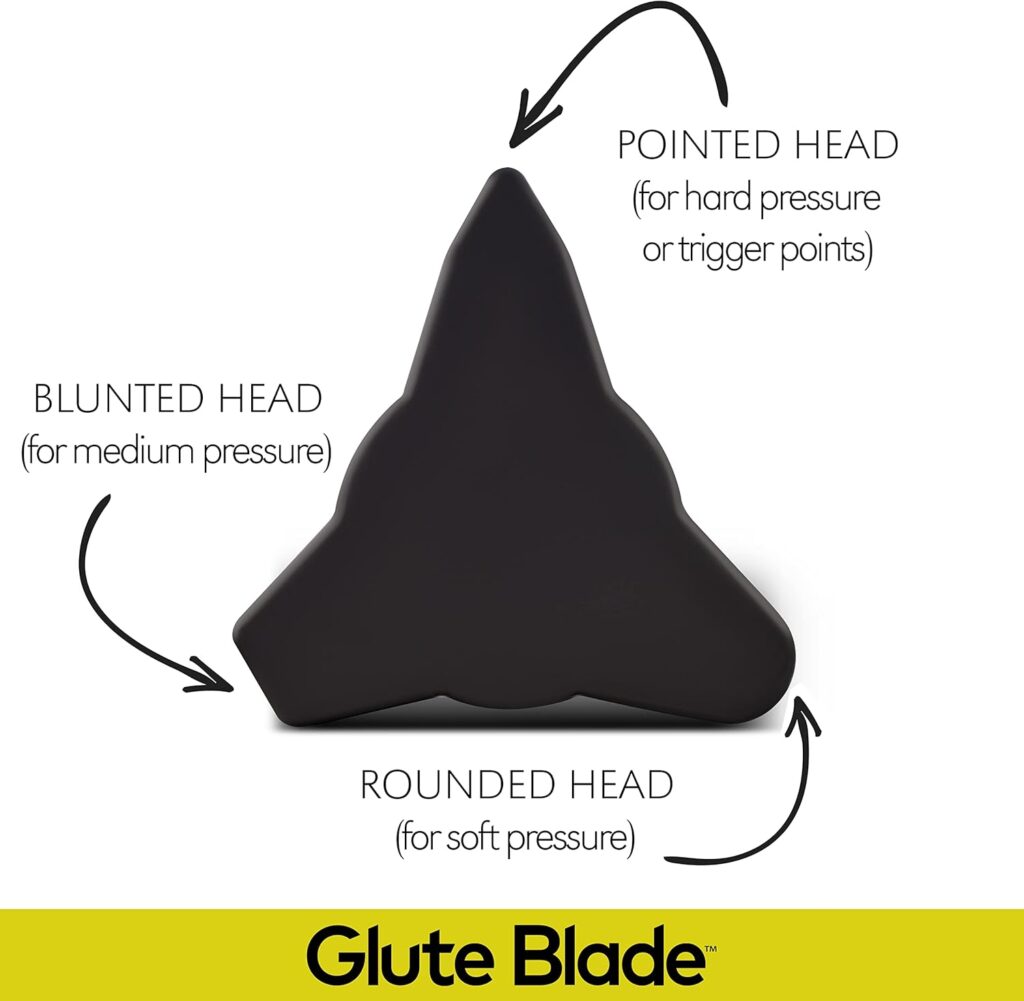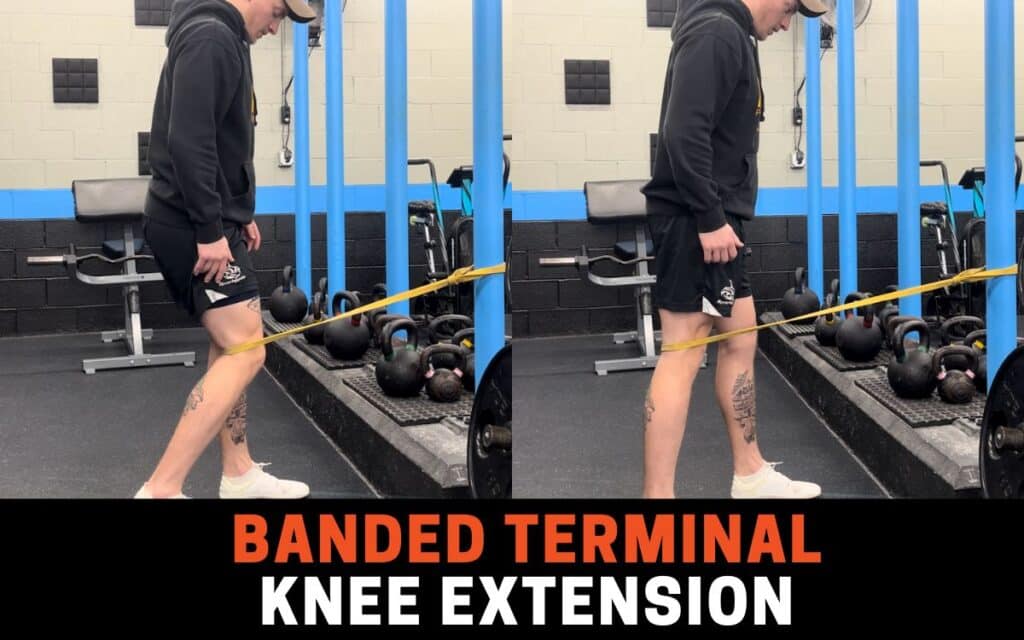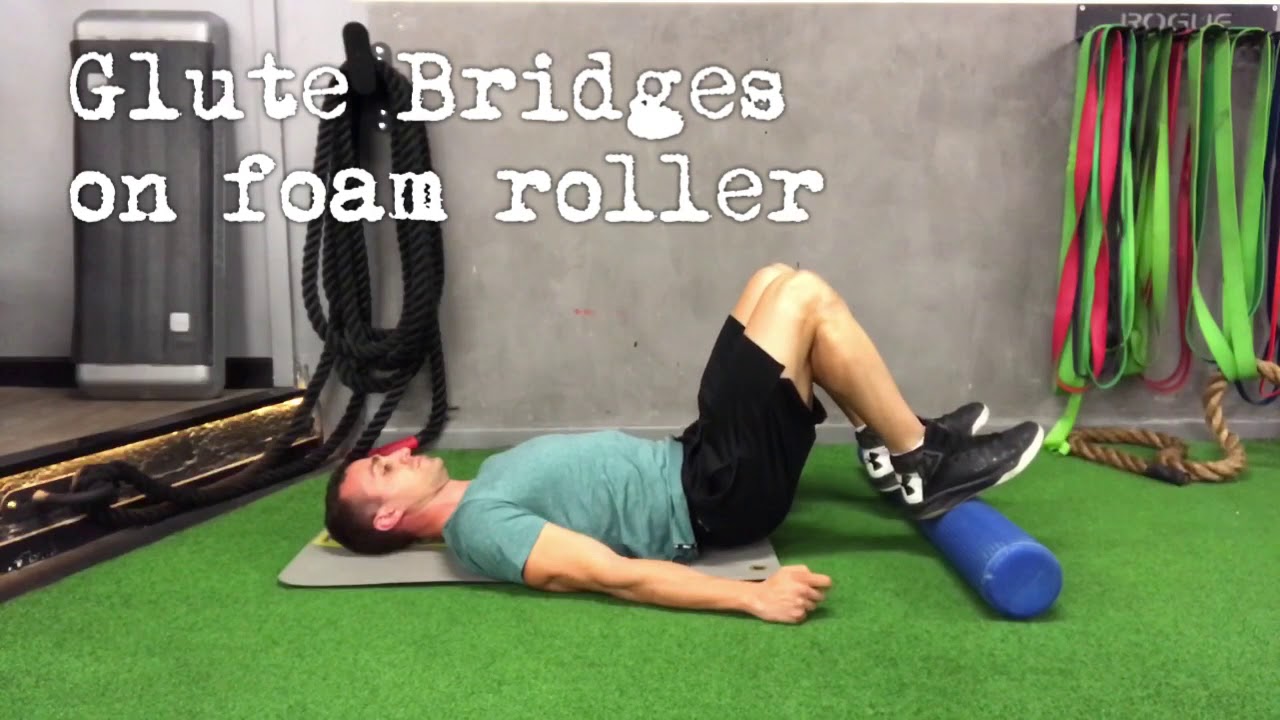Written by Dr. Connor Ryan PT DPT CSCS PRC
From a big-picture perspective, my goal for runners is to help them achieve longevity in their running journey. When I work with patients who are runners, I typically focus on three main areas:
1. **Control:** Enhancing brain-body control and activating specific muscles within specific contexts to promote overall body balance.
2. **Strength:** Building the patient’s capacity and preparing them for the physical demands of running.
3. **Manual Therapy:** Assisting in the recovery of overused areas and restoring balance to the body.
For the purpose of this discussion, let’s consider two types of runners: those who view the first 1-2 miles of their run as their warm-up, and those who dedicate 15 to 30 minutes to a prep/warm-up routine beforehand.
Having worked with runners for a significant amount of time, I understand that consistently dedicating 15 minutes to a warm-up can be challenging. However, investing even 8 to 10 minutes is incredibly beneficial for many reasons. Think of it as a bank account: consistent 10-minute deposits accumulate over time. The more minutes you add to this account, the better your performance will be, and the less you’ll be mentally burdened and stressed by issues like pain, injury, or being sidelined. If 10 minutes of warm-up a day was $10, by the end of the week, you’d have $70 in the bank, compared to those who skip the warm-up.
Here’s how those three areas contribute to a smart warm-up:
* **Control:** Slowly performing a calf raise through a full range of motion off a slant board, with specific alignment references and timed repetitions, can significantly help you gain the control needed during your run’s foot strike. This also improves your foot’s overall sensation, which leads to better muscular coordination during running, aiding in force absorption and propulsion.
* **Strength:** Incorporating a few hamstring curls, single-leg RDLs, and reverse lunges can be an excellent warm-up. If you perform two sets of these exercises before every run, the accumulated effort throughout the week will not only tune your system but also strengthen it by rehearsing efficient coordination in your muscular system, maintaining the brain-body connection, and improving balance.
* **Manual Therapy:** Utilizing foam rollers, various balls, and wedges can mobilize your feet and reduce tissue stiffness. This helps the tissues move more freely as separate layers rather than a solid block, which not only makes you feel looser but also sharpens your brain-body connection and body map. Stiff and sticky soft tissue layers with excessive muscle tone can impede lymph and blood flow, leading to heavy legs, suboptimal muscle performance, and perpetuating running-related issues.
While my toolbox contains many layers of meticulousness, complexity, and intensity, for the sake of practicality in this post, this offers a viable option.
1. Glute blade to the foot 2 min each
Amazon.com : glute blade
Think trigger point work for your foot. Press and hold on the sore spots, let it relax.
I have used a lacrosse or baseball in the past and that can be a great cheap tool to help you get your foot mobile and “flat”. I want my patients and training clients to feel grounded on the entire foot.
2. Hamstring Bridge on foam roller with deep breaths
The bridge should be low and I don’t want you to squeeze your glutes…. I know, my younger self never could have guessed I would say that. Don’t feel your low back work and don’t’ squeeze your glutes. The glutes may work for you a bit, but don’t try and use them.
3. TKE
Simple exercise for the “tear drop” part of your quad, or the “VMO”.
Go slow, create internal resistance almost (looking for “co-contraction”) and fire up the inside quad. Your knees with thank you. Shoot for at least 1 x 20 but as much as 30 or 40.
- Calf Raise to a deficit
My protocol I do typically is 10 bilaterally, 10 right leg only, 10 left leg only and another 10 bilaterally. Get the calves fired up but help them gain control in a lengthened position. I love doing it on the calf ramps but a stair or weights can work in a pinch.
In conclusion:
This is by no means the perfect warm up but certainly could be a start to revamping your preparation for runs and when done frequently you can accumulate some great resources in terms of stronger muscles by means of rehearsing the muscular coordination, which is always good for a runner.
Hope this is helpful! Let me know if I can help in any way!
-Connor
connor@bando-performance.com
